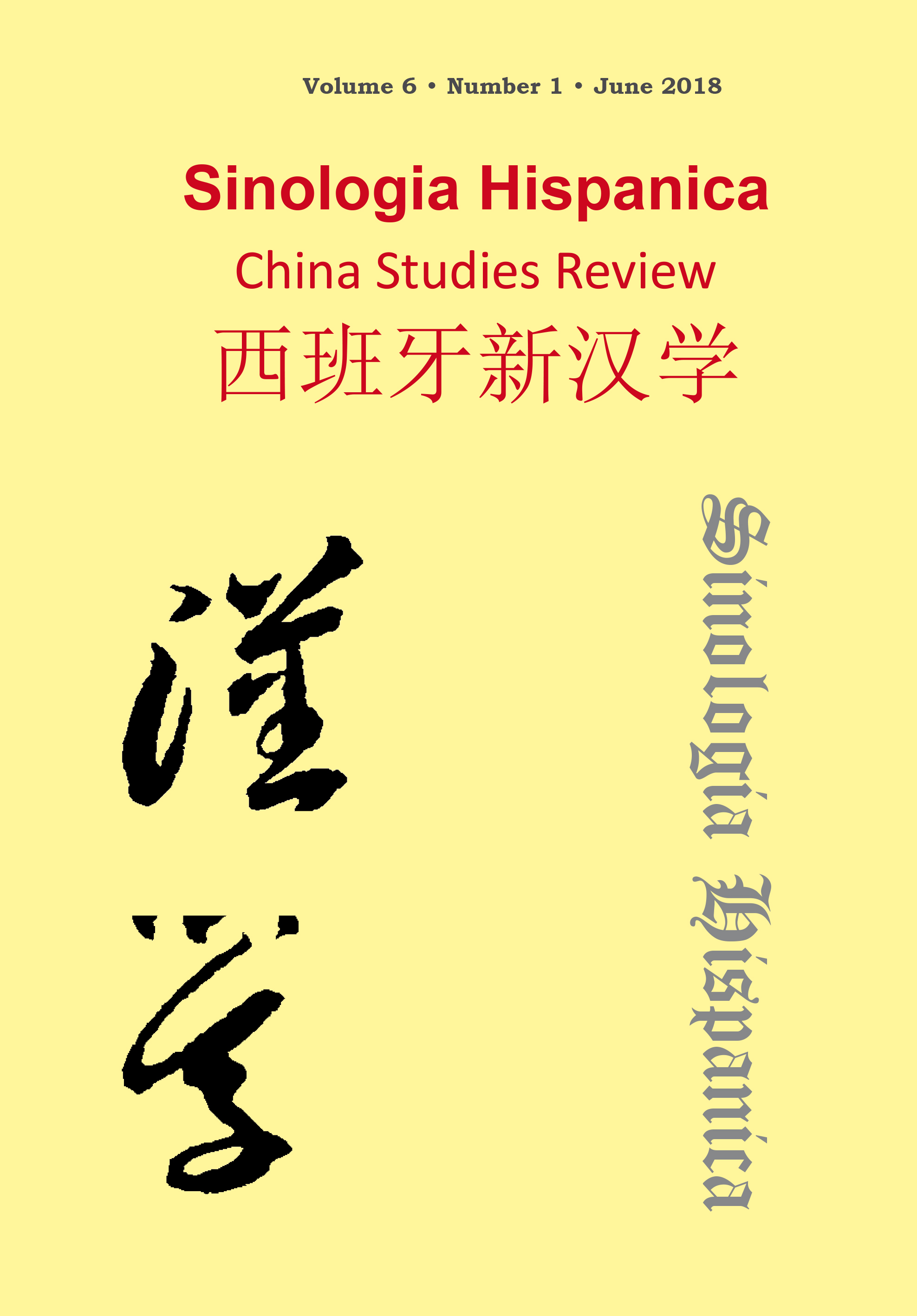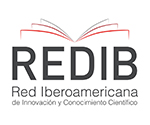Cognitive Problems in the Oral Chinese Expression of Spanish- Speaking Students: Analysis on the Production of Pauses
DOI:
https://doi.org/10.18002/sin.v6i1.5494Keywords:
non-fluency, speech production, pause, Cognitive problem, Chinese, Levelt’s Speaking Model.Abstract
For the native speaker, the pause is an essential part of oral communication and has several functions such as indicating the turns between interlocutors, specifying the meaning in an ambiguous expression or marking the phonic or syntactical boundaries. However, inforeigner´s spontaneous discourse the pause is, otherwise, a sign of non-fluency which usually indicates cognitive problems. Based on Levelt’s "Speaking" Model, the present article aims to find out the cognitive problems of the Spanish-speaking students of intermediate and advanced level of Chinese in spontaneous discourse through analyzing the characteristics manifested in the production of pauses. The results show that advanced students have fewer breaks than mid-level students; the total duration of breaks is shorter; the average length of speech is longer and the average of speed is longer. But there is still distance to reach the natives in the mentioned parameters. In addition, those results of the distribution of the breaks reveal that the middle level students pay much attention to the formulation and articulation of short sentences while the advanced ones face problems in the organization of long sentences and therefore they must also pay attention to the self-monitoring.
Downloads
Métricas alternativas
Downloads
Published
How to Cite
Issue
Section
License
Copyright (c) 2018 Fan Shanping

This work is licensed under a Creative Commons Attribution-NonCommercial-ShareAlike 4.0 International License.
Sinología Hispánica. China Studies Review considers all manuscripts on the strict condition that:
- The authors assign the exploitation rights (reproduction, distribution, public communication and transformation) of the work accepted for publication to the University of León on a non-exclusive basis. Authors can establish, on their own, additional agreements for the non-exclusive distribution of the version of the work published in the journal (for example, placing it in an institutional repository or publishing it in a book), always acknowledging the initial publication. in this magazine.
- The manuscript is your own original work and does not duplicate any other previously published work, including your own previously published work.
- The manuscript is not currently under consideration or peer review, nor accepted for publication, nor in press, nor published elsewhere.
- The manuscript contains nothing that is abusive, defamatory, libellous, obscene, fraudulent, or illegal.
- Please note that Sinologia Hispanica uses Turnitin software to screen manuscripts for unoriginal material. By submitting your manuscript to Sinologia Hispanica you are agreeing to any necessary originality checks your manuscript may have to undergo during the peer-review and production processes. Any author who fails to adhere to the above conditions will be rejected.
- Authors are allowed and encouraged to electronically disseminate the pre-printed versions (version before being evaluated) and / or post-printing (version evaluated and accepted for publication) of their works before publication, since it favors their circulation and dissemination more early and with it, a possible increase in its citation and reach among the academic community.
Sinologia Hispanica is under an international license Creative Commons Attribution-Noncommercial-Share Alike 4.0. You can read more about this license in an informative version and legal text.








